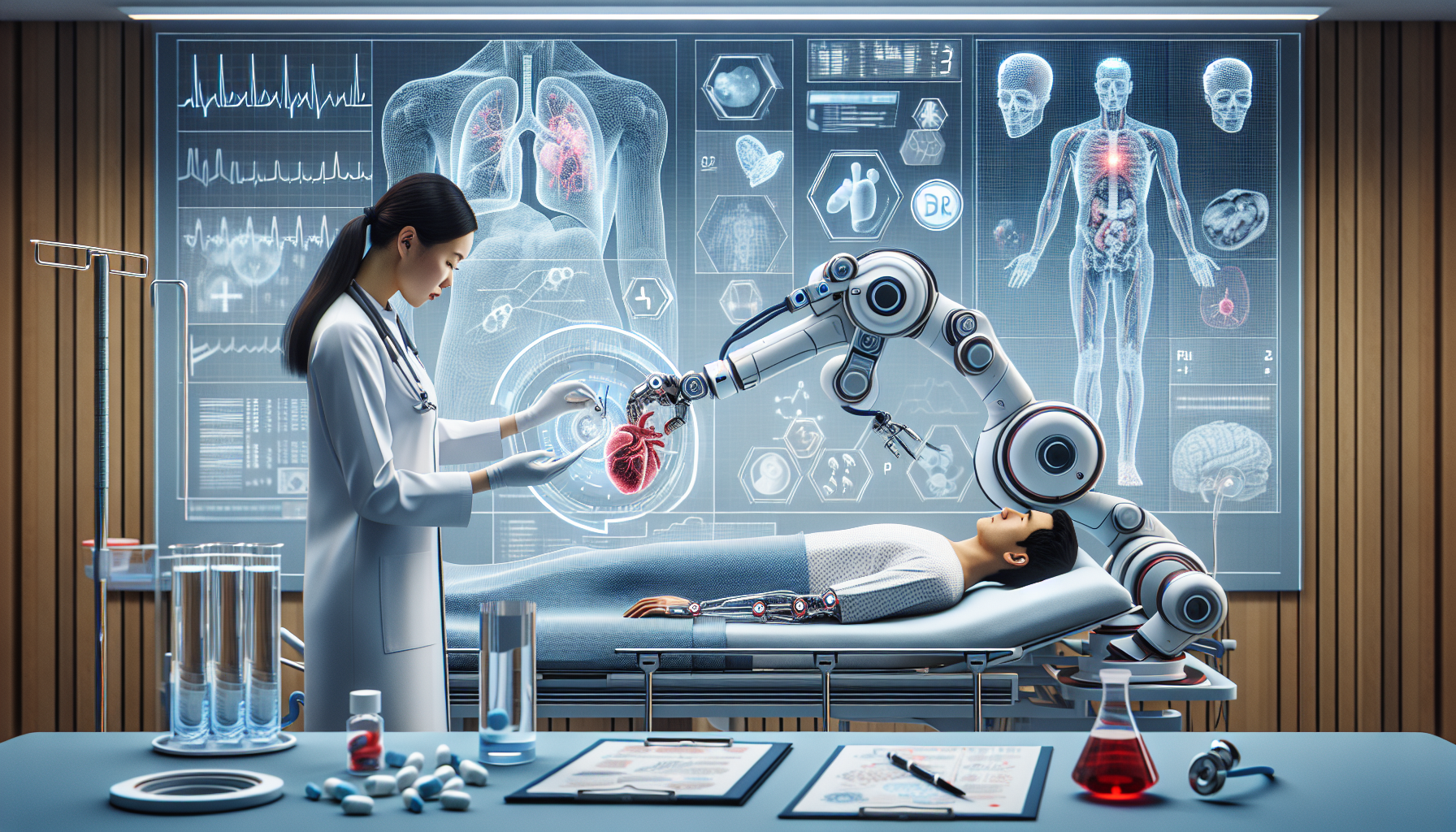Understanding Automation in Healthcare
Automation in healthcare is redefining patient care by streamlining processes, reducing human error, and improving overall efficiency. Automated systems encompass various technologies, including artificial intelligence (AI), machine learning, robotics, and process automation tools, aimed at enhancing the patient experience while maximizing operational capabilities.
The Benefits of Automation
-
Enhanced Patient Engagement: Automated systems can facilitate real-time communication between healthcare providers and patients. Chatbots, automated appointment reminders, and follow-up notifications ensure patients remain informed about their health status, appointments, and treatment plans. This continuous engagement fosters a proactive approach to healthcare.
-
Data Management and Analytics: Hospitals generate vast amounts of data. Automated data management systems aggregate, analyze, and interpret this data efficiently, providing valuable insights to clinicians. These insights can inform treatment decisions and identify trends that improve patient outcomes.
-
Reduction in Administrative Burden: Administrative tasks such as billing, scheduling, and documentation are time-consuming and often prone to error. Automation of these tasks minimizes the manual workload for healthcare staff, allowing them to focus on patient-centric activities. Automated billing systems, for instance, can streamline the revenue cycle by reducing claim denials and expediting payments.
-
Predictive Analytics: Machine learning algorithms can predict patient needs based on historical data, enhancing preventive care. For example, predictive analytics can identify patients at risk ofReadmissions, thereby allowing healthcare providers to intervene early and tailor treatment plans accordingly.
Automation in Clinical Processes
-
Robotics and Surgery: Robotic surgical systems, such as the da Vinci Surgical System, provide surgeons with enhanced precision, flexibility, and control during operations. Automation in surgery not only reduces recovery time for patients but also minimizes complications and improves surgical outcomes.
-
Medication Management: Automated medication dispensing systems ensure accuracy and efficiency in drug distribution. These systems help reduce medication errors, a common issue in healthcare settings, and contribute to improved patient safety. Moreover, automation enables personalized medication plans that adapt to changing patient needs.
-
Telemedicine: The integration of automation in telemedicine has transformed remote patient care. Through automated platforms, patients can consult doctors on demand, receive prescriptions, and monitor their health through wearables, thereby enhancing accessibility and convenience in healthcare.
The Role of Artificial Intelligence
-
Diagnostic Support: AI algorithms are revolutionizing diagnostics, aiding healthcare professionals in identifying conditions like cancer or cardiovascular diseases at earlier stages. Tools powered by AI can analyze medical images and patient data more accurately than traditional methods, significantly improving the diagnostic process.
-
Treatment Recommendations: AI can analyze vast datasets to suggest evidence-based treatment plans tailored to individual patient profiles. This contributes to personalized medicine, wherein treatments align closely with the specific characteristics of patients, enhancing effectiveness.
-
Natural Language Processing (NLP): NLP drives automation in healthcare by converting unstructured data (like physician notes and patient records) into structured formats. This enhances data accessibility and comprehension for healthcare providers, leading to better patient decision-making and outcomes.
Challenges of Implementation
-
Data Security and Privacy: With increased automation, the risk of data breaches heightens. Implementing stringent cybersecurity measures is essential to protect sensitive patient information and comply with regulations like HIPAA.
-
Resistance to Change: Some healthcare professionals may resist automation due to concerns about job displacement or the complexity of new systems. It’s crucial to provide comprehensive training and highlight the benefits of automation—ultimately resulting in improved job satisfaction as mundane tasks are eliminated.
-
Initial Investment Costs: The upfront costs of implementing automated systems can be substantial for healthcare facilities. While the long-term savings and efficiency gains outweigh these costs, securing initial funding often poses a challenge.
Future Directions
-
Integration with Internet of Things (IoT): IoT devices, including wearables and remote monitoring tools, combined with automation systems will create a seamless healthcare ecosystem. These devices enable continuous monitoring of patients’ vital signs and can automatically alert healthcare providers in case of abnormalities.
-
Expanded Use of AI: As AI technology develops, it will play an even more significant role in healthcare automation. The potential for machine learning to adapt and evolve with clinical best practices and patient outcomes is substantial.
-
Patient-Centric Approaches: Future automation initiatives will increasingly prioritize the patient experience. Solutions designed from the patient’s perspective will enhance engagement and comfort, ensuring that technology serves to improve holistic care rather than merely optimize processes.
Conclusion
Automation is a transformative force in healthcare that enhances patient care, improves efficiency, and drives innovations across the sector. The impacts of automation can be profound, offering benefits that range from administrative simplification and enhanced diagnostic accuracy to improved patient engagement. Embracing these technological advancements while addressing associated challenges will pave the way for a new era of exceptional patient-centric healthcare services.


